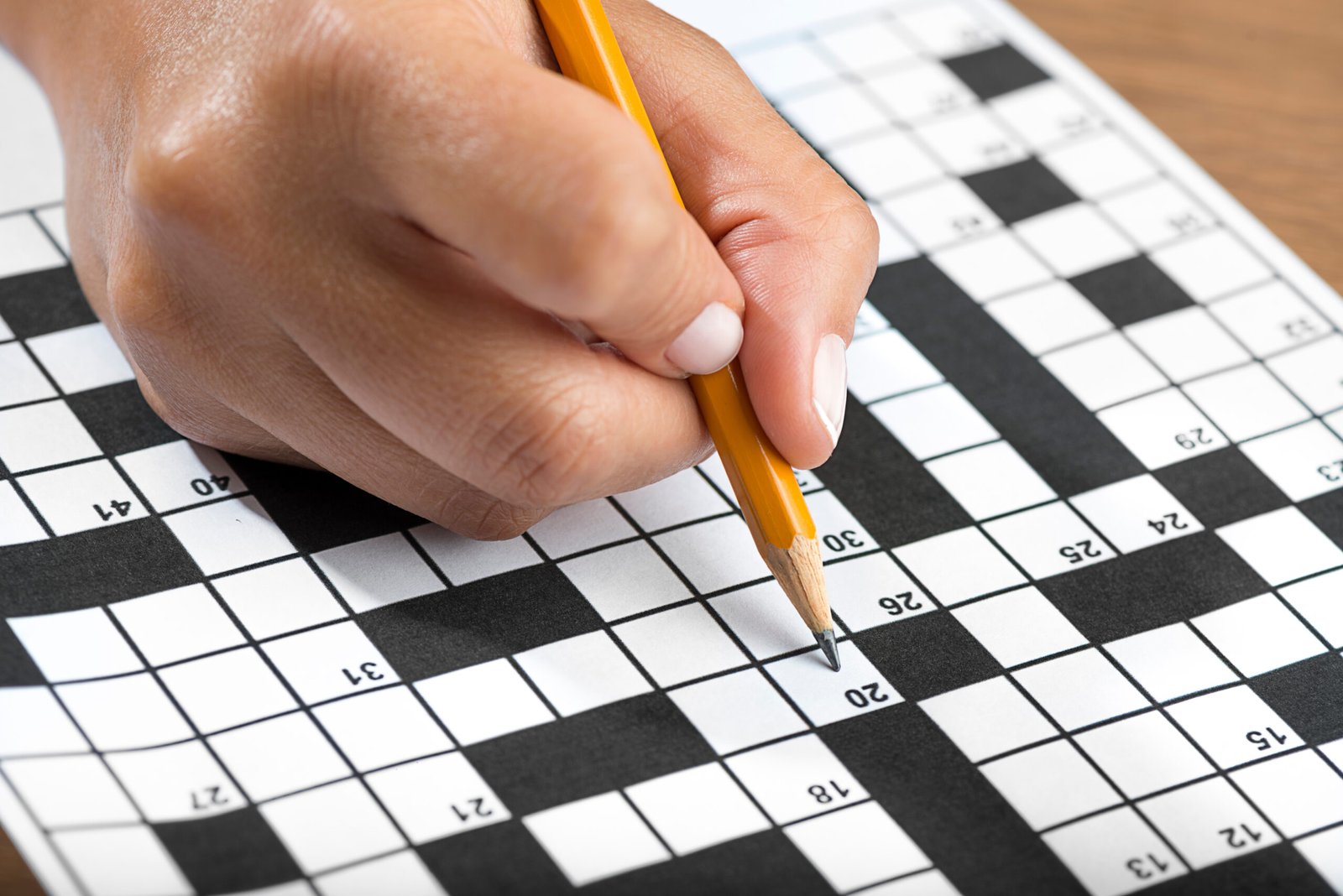From Beginner to Pro: How to Solve the NYT Crossword Puzzle with Confidence
Introduction to the NYT Crossword Puzzle
The New York Times (NYT) Crossword Puzzle has long been regarded as a gold standard in the world of crosswords. For many, it’s more than just a puzzle; it’s a daily ritual, a mental workout, and sometimes even a source of frustration. This crossword has a storied history, dating back to 1942 when it was first published. Over the decades, it has evolved from a simple pastime into a cultural phenomenon that challenges millions of solvers worldwide.
The NYT Crossword Puzzle is known for its clever wordplay, nuanced clues, and a range of difficulties that cater to both novices and seasoned solvers. What sets it apart is not just the complexity of the puzzles but also the creativity behind the clues, which often demand a blend of linguistic acumen, general knowledge, and a sharp eye for detail. Among these clues, some are designed to mislead or arouse suspicion, making the puzzle even more intriguing.
Explanation of NYT Crossword Puzzle
At its core, a crossword puzzle is a word game that consists of a grid, typically filled with white and black squares. The objective is to fill the white squares with letters to form words or phrases by solving clues provided for each row (across) and column (down). The NYT Crossword follows this traditional format but elevates the challenge with clues that often involve puns, anagrams, or obscure references.
Each day of the week brings a different level of difficulty, with Monday puzzles being the easiest and progressively becoming harder as the week goes on, culminating in the notoriously challenging Saturday puzzle. The Sunday puzzle, while larger, is usually of moderate difficulty. The diversity in clue structure and wordplay is what keeps solvers coming back, whether they are seeking a quick brain teaser or a weekend challenge.
The puzzles are curated by a team of editors, with Will Shortz being the most famous among them, having served as the puzzle editor since 1993. These editors ensure that the puzzles are not only challenging but also accessible, providing a balance of straightforward and deceptive clues that cater to a broad audience.
Possible Answers for the Clue
When you come across a clue that arouses suspicion, it’s often because it seems too straightforward or out of place within the context of the puzzle. These clues might be cleverly designed to mislead or trick solvers, requiring them to think outside the box. For instance, a clue like “Cash withdrawal” might lead one to think of ATMs or banks, but the answer could be “LIMP,” playing on the idea of withdrawing one’s foot while walking.
Suspicious clues often involve wordplay, where the answer is not what it seems at first glance. These answers might include homophones, where words sound alike but have different meanings, or they could involve abbreviations, acronyms, or even entire phrases that fit within the given number of squares. For example, the clue “Present” could have answers as diverse as “GIFT,” “HERE,” or even “CURRENT,” depending on how the clue is interpreted.
Another example could be the clue “Lead-in to box or glass,” where the answer might be “SHOT” because of its association with “shot glass” and “shot box.” It’s these kinds of clues that keep solvers on their toes, requiring them to consider multiple possibilities before arriving at the correct answer.
Tips for Solving Suspicious Clues in Crossword Puzzles
- Read the Clue Carefully: Pay attention to the wording and punctuation. A question mark at the end of a clue often indicates wordplay or a pun. Clues that seem too simple might have a twist, so it’s important to think critically about what’s being asked.
- Consider the Length of the Answer: The number of squares available can help narrow down the possibilities. If a clue seems suspiciously straightforward but the answer length doesn’t match the obvious solution, it’s a sign that you might need to think differently.
- Look for Common Crossword Tricks: NYT crosswords often use certain tricks, like homophones, anagrams, or abbreviations. For instance, the clue “Part of a drum set” could lead to “SNARE” instead of “DRUM” if the puzzle is trying to mislead.
- Use Cross-Checking Letters: Filling in answers that you are certain about can help uncover more letters in the suspicious clue, making it easier to solve. Cross-checking with other clues can often reveal the correct solution.
- Don’t Overthink: Sometimes the answer is simpler than it seems. If you find yourself stuck, it might be because you’re trying to make the clue more complex than it is. Step back, take a break, and revisit it with a fresh perspective.
- Learn from Mistakes: Every mistake is an opportunity to learn. Pay attention to the clues that tripped you up and see if there’s a pattern to the type of clues you find difficult. Over time, you’ll develop an intuition for spotting misleading clues.
Common Themes and Clues in NYT Crossword Puzzles
Themed puzzles are a hallmark of the NYT Crossword, where multiple clues or even the entire puzzle revolves around a specific topic. These themes can range from holidays and pop culture to wordplay and literary references. For instance, a puzzle theme might involve puns based on movie titles, where “Jurassic Spark” could be the answer to a clue about a prehistoric electrical discovery.
Some themes are more abstract, such as rebus puzzles where a single square might represent multiple letters or even an entire word. These puzzles require a different approach, as solvers must recognize the theme early on to apply it correctly throughout the puzzle.
Common themes also include puzzles that play on common phrases or idioms, where the clues might be straightforward but the answers are twisted versions of familiar sayings. For example, a clue like “What the pros do in baseball?” could lead to the answer “STEALBASES,” playing on the literal and figurative meanings.
How to Improve Crossword Solving Skills
Improving your crossword-solving skills takes practice, patience, and a willingness to learn from each puzzle. Here are a few strategies to help you become a more proficient solver:
- Solve Regularly: The more puzzles you solve, the better you’ll get. Start with easier puzzles and gradually work your way up to the more challenging ones. The NYT Crossword offers a range of difficulties, so you can build your skills progressively.
- Expand Your Vocabulary: A broad vocabulary is essential for solving crosswords. Read widely, learn new words, and pay attention to different word meanings. This will help you understand and solve more complex clues.
- Study Common Crossword Words: Some words and phrases are crossword staples because they fit well into grids. Words like “ERA,” “OBOE,” and “AERO” appear frequently, so familiarize yourself with these common entries.
- Practice with Mini Puzzles: The NYT offers mini puzzles that are quicker to solve but still provide a good mental workout. These can help you improve your solving speed and accuracy.
- Engage with the Crossword Community: Join online forums, read blogs, and participate in discussions with other solvers. This can provide new insights, strategies, and encouragement.
- Reflect on Completed Puzzles: After finishing a puzzle, review the clues that gave you trouble. Understanding where you went wrong can help you avoid similar mistakes in the future.
Conclusion
The NYT Crossword Puzzle is more than just a daily challenge; it’s a journey through language, culture, and wit. Whether you’re a beginner or an experienced solver, each puzzle offers an opportunity to learn something new and sharpen your mind. By understanding the nuances of suspicious clues, common themes, and effective solving strategies, you can enhance your crossword-solving skills and enjoy the puzzles even more. So, grab a pencil (or open your app), and dive into the world of crosswords with a newfound sense of curiosity and confidence.






